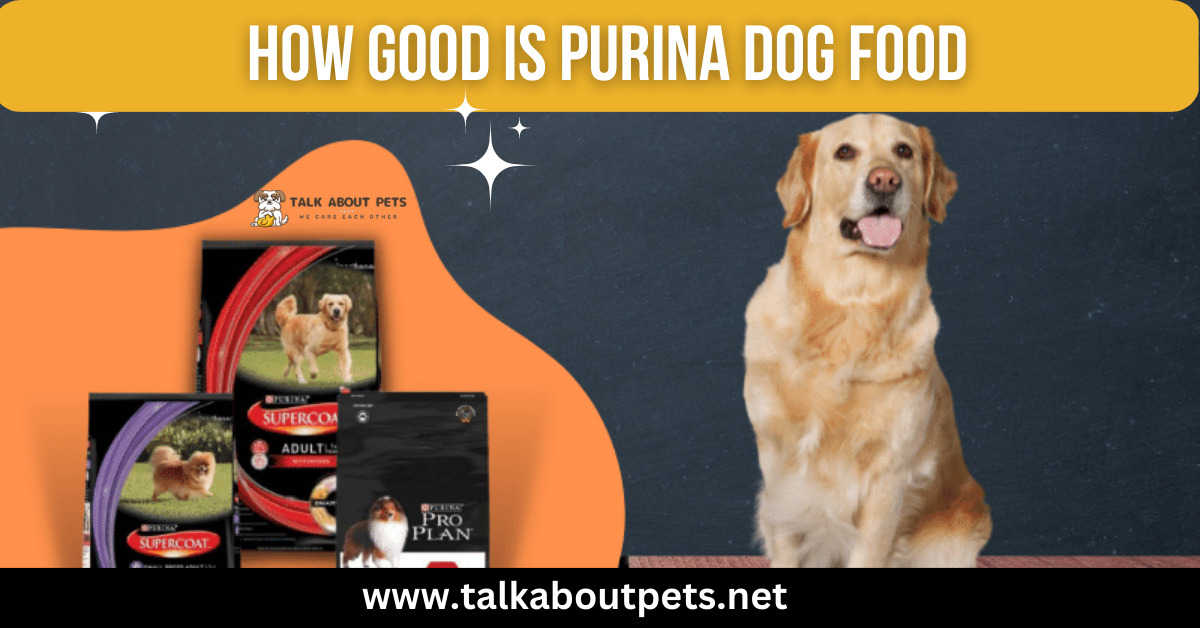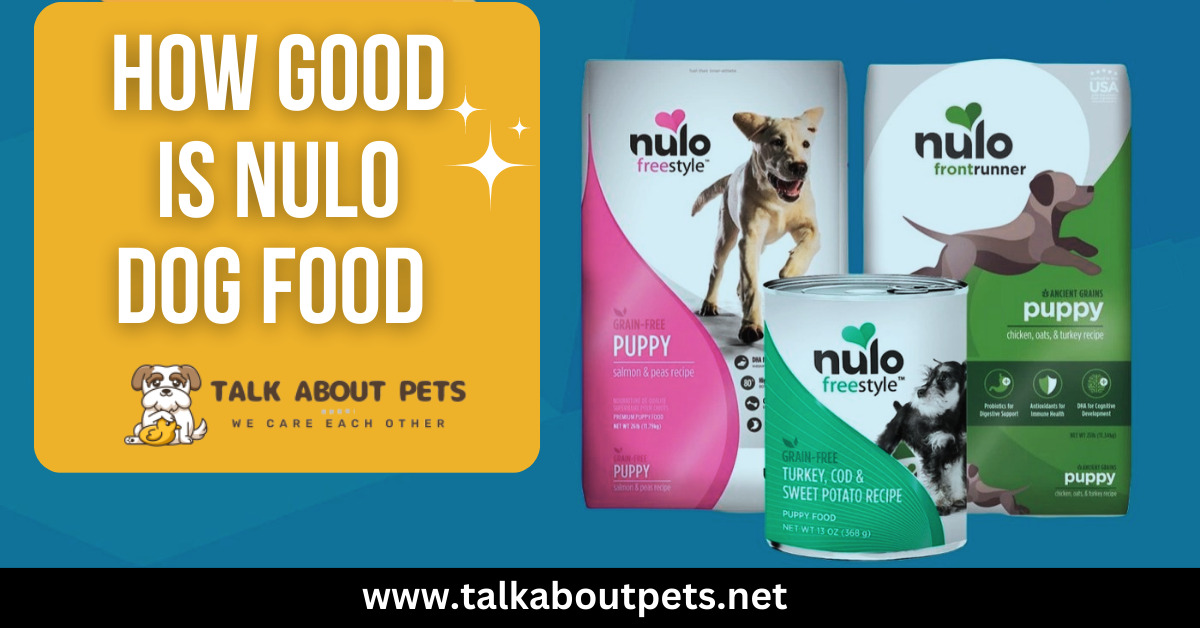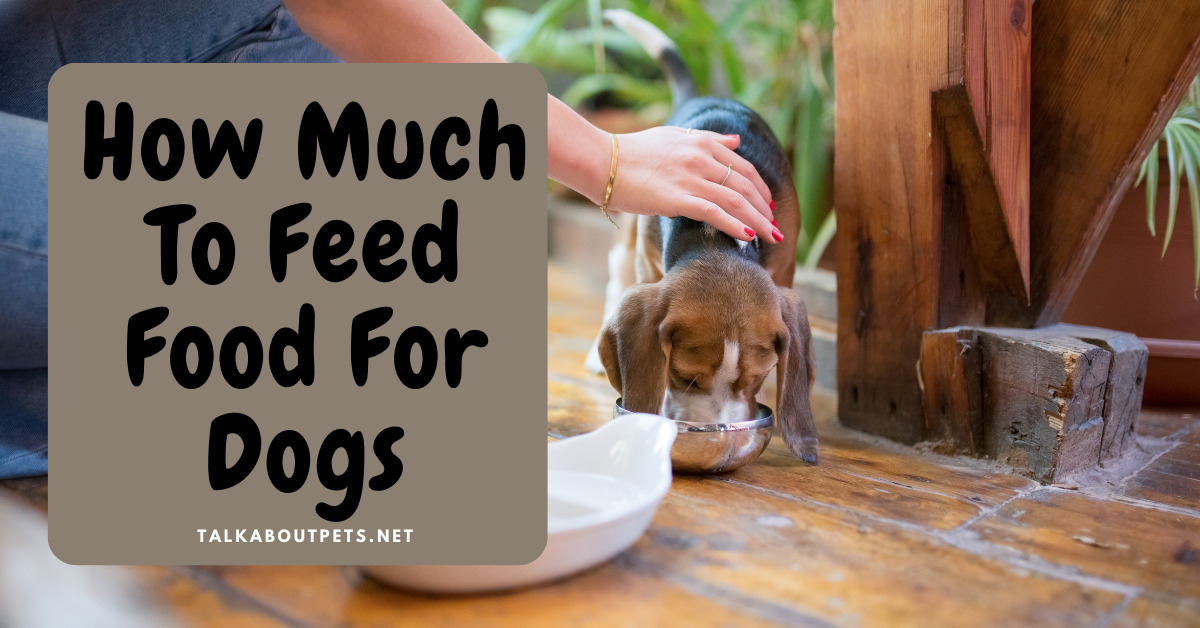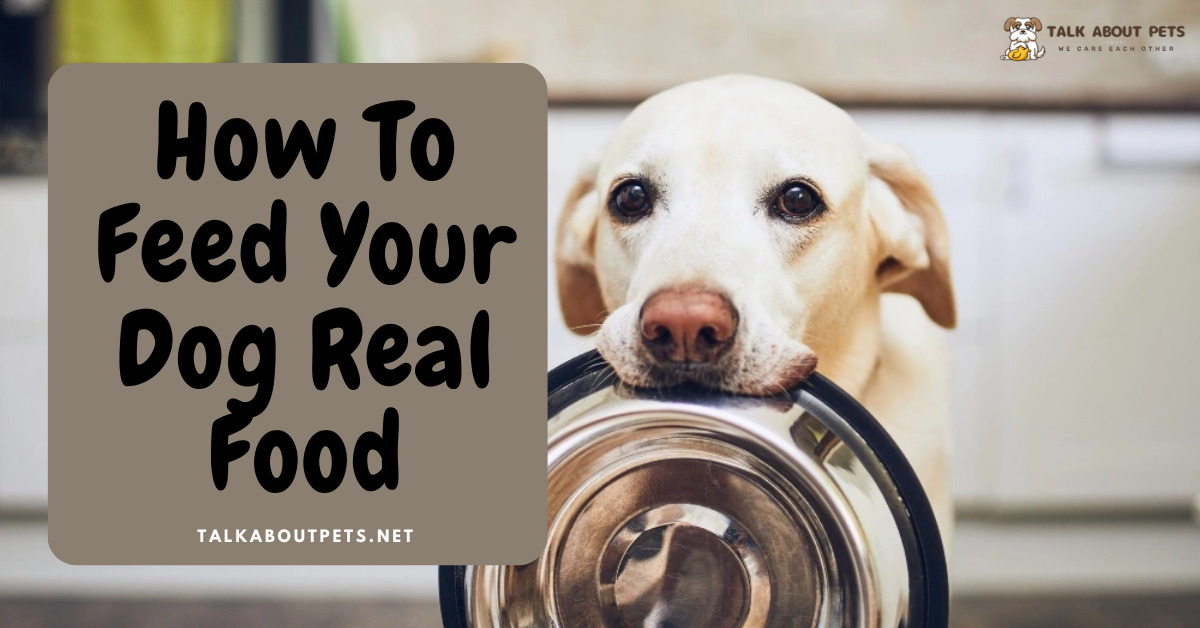Pet obesity is a growing problem, and Purina is one of the top dog food companies that cater to obese dogs.
Bad ingredients
Several ingredients aren’t good for your dog. These include soy, sugar, and corn. These three don’t seem like very rich sources of carbohydrates, but they can impact your dog’s health.
Soy is a common ingredient in human foods. It can have negative effects on dogs, including causing upper respiratory problems and/or death. If your dog has a sensitive stomach, look for food with limited soy components.
Although corn is not common in pet foods, it can have effects on dogs that are the same as grain. For example, if the food was designed to be high in calories to help weight loss. Then there might be enough corn to do this effectively.
If a product has too many unhealthy components, they may not be noticeable, but are still harmful. This may affect how effective the food is at helping your dog meet and achieve their goal weight.
Mixed reviews
While not as healthy as some pet parents dream of, Petfood is not bad food for the average dog. Many people believe mixed foods are good for dogs, as it is more complex compared to plain meat and veggies.
But, this can be pushback by owners who do not find one type of food appealing or who do not think grain-based food is enough.
If your dog does not get enough exercise or does not need a higher fat content, then Petfood is too low in fat and/or volume.
Some dogs may also have allergies or other issues making them need more nutritional content.
For example, if your dog was running out of energy or experiencing hunger issues. Then Petfood needs to bring in more nutrition to help him feel nourished.
While this does sound good, sometimes people had to pay the price because their dogs did not meet the nutritional requirements.
Look at the breakdown of ingredients
To help you find the best dog food for yourself, Purina has divided its products into four levels. These levels are labeled as “premium,” “intermediate,” “economical” and “every day.”
Each level has a different target weight range for the dogs it is designed for. For example, the weight ranges for the first two levels are 12 to 25 pounds. So dogs below that size can still get high-quality food.
The last two levels have a higher percentage of added ingredients and do not have a target weight range. This might make them more appropriate for people who do not always want to stick to a food type or brand.
You can mix and match foods at each level to find your target food type.
What about the taste?
If you are looking into buying new dog food, then this is an important point to look into. Does the taste of the food meet your dog’s needs?
If you are going to be selling or giving away your dog, then the food you eat is theirs too. So, make sure they are happy with the food they eat.
While some foods have different textures, dogs do not seem to like them.
They may have a hard time swallowing them and getting what is inside of them. If your dog does not seem enthusiastic about the foods you are using, she may ask for something different.
When it comes to weight loss or weight gain, dogs are pretty equal in size. The only difference is where they place on the bell curve when it comes to eating.
Could be too rich
If you are looking at buying Purina dog food for your dog, there are some things to watch for. The first thing to look for is the recommended daily intake (ADI) or daily consumption (DCI) level.
The second thing to look for is the average-coni- NN-average-coni level. This represents the percentage of calories in this food that come from protein and fat.
The lower the number, the higher the proportion of calories from protein and fat.
A higher proportion of calories from protein and fat means your dog will consume more but having too much of one nutrient.
A food with a lower averageconi-NN-averageconi ratio may have less of some specific nutrients like carbohydrates. It may result in a poor treatable diet issue.
The third thing to look for is whether the food has been tested on animals.
Not enough protein
Most dogs need at least 20–25% protein[1] in their diet, but some dogs may be low in protein.
If you are a dog who does not get enough protein in your diet, then brand new Purina food is available as a two-kit offer!
Many pet owners have noticed that their dog has less energy and/or less weight than they did a few years ago. These habits may have changed food brands, the amount of food they eat per day, or the way they eat.
Some dogs may be low in protein due to certain types of pet behavior problems such as eating too often or for inappropriate reasons. A proper balance of nutritional needs can help find an optimal level of protein for your dog.
Sometimes it is not the quantity of food your dog eats but the type that they are eating that matters most. For instance, if a dog is eating excessively when looking is important or if it is a repeat feeder. Then there may be an issue with nutritional needs.
Too much protein
Too much protein is a common problem. Most people think that if their dog is getting enough fat, then it must be too much protein and not enough fat.
This is a good point to look at from both a food production and a public health perspective. While it is not considered an epidemic, more than half of all dogs in North America are diagnosed with some form of chronic kidney diseases such as
- pyelonephritis (a rare disorder in which the kidney fails and becomes surrounded by fluid) or
- polynephomyelitis (a form of kidney disease where the outside of the kidneys does not function well)
These diseases can affect a dog’s appetite. It makes it important to find ways to keep them hydrated and strong. Purina has done an excellent job at producing food that is strong enough to meet this need.
Unfortunately, some people feel that too much protein is bad. Because it can cause overeating or overproduction of milk.
Too many carbohydrates
Most commercial dog foods contain[2] too many carbohydrates, including sugar. This is not good for your dog!
Sugar can become a very expensive meal option for dogs. Most sugar-containing products are sold as a ½ cup (¼ cup per half cup) measure per day. For example, you would give your dog ¼ of a cup (less than one tablespoon) per day to make up the whole ½ cup.
Too much carbohydrate in your dog’s diet can lead to obesity, diabetes, and other health problems. Even if your dog does not show any signs of obesity or diabetes. There are other consequences such as poor quality of life or quality of performance.
How Many Carbohydrates Your Dog Needs How Much is too much? These questions and answers will help you know how many carbohydrates (or sugar) your dog should be eating.
Resource-
(1) https://www.petmd.com/dog/nutrition/evr_dg_whats_in_a_balanced_dog_food#protein%20in%20dog%20food
(2) https://www.petmd.com/dog/nutrition/evr_dg_whats_in_a_balanced_dog_food#how%20many%20carbs






